2017 Toyota Prius Prime Advanced Review - All Charged Up

2017 Toyota Prius Prime Advance
Like it or not, bias is always going to be a concern whenever consuming any sort of media. Efforts can be made to present fair and balanced reporting on any issue, but the problem is, quite simply, that news organizations are made up of people who hold their own opinions. The best way the reader/listener/viewer can navigate the bias is to know what those biases are, and account for them.
Let me be clear – I’m biased against the Prius. Nearly two decades of negative reinforcement about the Prius and Prius drivers have hardened a dislike of the little wedge that promises nothing but slow driving in the left lane. Minimal performance and a focus on fuel economy above nearly all else is foreign to those of us who truly enjoy driving.
Thus, I dreaded the arrival of this 2017 Toyota Prius Prime to my driveway, worrying that I might doze off from sheer boredom during my commute. When I saw the white paint applied to the vehicle’s sharply-angled flanks, I was further concerned about the appliance-like nature of this plug-in people hauler.
It’s certainly not shaped like a Maytag washer. Toyota’s familiar long, low hatchback shape has been iterated through the generations, but this is still clearly a Prius. From the lines of the windowsills and side moldings that parallel themselves gently upward from front to rear, to the sharply cut-off tail, Toyota could easily credit Bernoulli and Kamm as co-designers of the Prius.
I won’t pretend to know the finer points of aerodynamic theory, but I believe the deep valley found in the rear window glass must make a significant impact on drag. Otherwise, that funky contour is simply form leading function – there seems to be no good way to wipe that quite-close-to-horizontal glass surface clear while driving. It was an annoyance with morning dew and mild rains, and I can’t imagine the annoyance when the snows come.
Inside, Toyota stays true to form with the Prius Prime dashboard, combining the main gauges in a wide, central-mounted display, with another 11.6-inch touchscreen handling basically every audio and HVAC function.
The big screen is flanked by volume and temperature buttons that give no tactile feedback when pressed – I’d rather have knobs for functions so frequently accessed while driving – but the screen itself is remarkably bright and clear. Due to its size, multiple functions can share the screen at once. A map can be shown all while monitoring the charge status and performance of the plug-in hybrid system.
The vinyl seating surface – Toyota calls it “Softex” in a clear homage to the MB-Tex found for ages in Mercedes-Benz vehicles – is reasonably comfortable, but is by no means a convincing leather substitute. While normally I’d consider that a problem, in the case of the Prius that may be a feature rather than a bug. Consider that a significant proportion of hybrid buyers are likely to be eco-conscious. I have to imagine that a material that too closely emulates an animal product might be prove very desirable to those buyers.
Driving the Prius Prime reveals a few significant differences even from a traditional hybrid. Since the plug-in hybrid system gives the car a larger battery (which does affect trunk space – Toyota quotes 19.8 cubic feet in the cargo hold, versus 24.6 cubes in a standard Prius), one can spend much more time driving in full EV mode – even up to and exceeding typical highway speeds.
After a full overnight charge, the Prius Prime indicated 27.7 miles of EV range. My typical commute is right around eight miles, so there were several days where I didn’t use a drop of gas. Yeah, I burned some extra natural gas and coal when I plugged into the wall of my garage, but that’s another story.
I don’t love the location of the charging port – where most electric vehicles I’ve experienced have a port on a front fender, the Prius Prime has the plug on the right rear quarter panel, symmetrically opposite the fuel filler. Since I park in my driveway, I needed to back the Prius up close to the house to plug in. It’s likely not an issue for most buyers, but it’s something to consider.
After a week of commuting and kid-hauling, this Prius Prime averaged 64.2 mpg. That number is beyond stunning, especially considering that our current fleet struggles to reach 20 mpg on a good day. I found myself idly spreadsheeting a break-even point of fuel cost versus miles driven versus purchase price for my wife’s next car.
Yes, I’m the geek who plays with Excel when bored.
Regarding driving manners, the braking is still typical of a hybrid. There is a transition between regenerative braking and traditional friction braking that can be a bit indecisive – it can feel jerky when gradually slowing to a stop. As I spent more time with the Prius Prime, it wasn’t as noticeable. It takes getting used to.
The low rolling-resistance tires do project a good bit of tire noise into the cabin, but it’s mostly canceled by the minimal noise from the electric drivetrain. Even when the petrol engine kicks in, the sound is well muted. Driving manners are quite good for a small car, and I found that longish highway drives were relaxed – aided by the lane departure warning, steering assist, and radar cruise control found on this Advanced trim package. It’s not autonomous, but the Prius Prime does a nice job taking some of the drudgery of a long drive away from the driver.
I mentioned Prius drivers earlier, and I must apologize for the generalization. I do have friends that own various prior generations of this iconic hybrid, and as I tend to steer most conversations around to cars eventually, discussions veered toward this Prius.
Several of these friends told me the only way they found driving the Prius bearable was to keep the car in “sport” mode, which sharpens throttle response at the expense of fuel economy. In driving non-Prime versions in the past, I agree that the car does feel less lethargic when driven in “sport” mode.
In the Prius Prime, such sport-mode shenanigans are no longer necessary. The electric motor is backed by the larger battery, so the instant electric torque seems to be more responsive to the right foot. The only time I wished for more power was during an interstate drive when the battery was depleted and I needed to accelerate briskly to pass. The gas engine is taxed in those situations.
Like I mentioned above, I really wanted to hate this Toyota Prius Prime. It represents all that driving enthusiasts despise. But damned if it doesn’t work so well for what it is – an appliance for getting people places efficiently. It affords nearly all the advantages of a pure electric vehicle with the ability to cross the country using traditional gas-centric infrastructure, rather than planning stops around chargers. If it meant I could drive a gas-guzzling sports car on the weekends, I’d happily drive the Prius Prime the rest of the week.
[Images: © 2017 Chris Tonn/The Truth About Cars]

Some enthusiasts say they were born with gasoline in their veins. Chris Tonn, on the other hand, had rust flakes in his eyes nearly since birth. Living in salty Ohio and being hopelessly addicted to vintage British and Japanese steel will do that to you. His work has appeared in eBay Motors, Hagerty, The Truth About Cars, Reader's Digest, AutoGuide, Family Handyman, and Jalopnik. He is a member of the Midwest Automotive Media Association, and he's currently looking for the safety glasses he just set down somewhere.
More by Chris Tonn
Latest Car Reviews
Read moreLatest Product Reviews
Read moreRecent Comments
- 3-On-The-Tree In my life before the military I was a firefighter EMT and for the majority of the car accidents that we responded to ALCOHOL and drugs was the main factor. All the suggested limitations from everyone above don’t matter if there is a drunken/high fool behind the wheel. Again personal responsibility.
- Wjtinfwb NONE. Vehicle tech is not the issue. What is the issue is we give a drivers license to any moron who can fog a mirror. Then don't even enforce that requirement or the requirement to have auto insurance is you have a car. The only tech I could get behind is to override the lighting controls so that headlights and taillights automatically come on at dusk and in sync with wipers. I see way too many cars after dark without headlights, likely due to the automatic control being overridden and turned to "Off". The current trend of digital or electro-luminescent dashboards exacerbates this as the dash is illuminated, fooling a driver into thinking the headlights are on.
- Kjhkjlhkjhkljh kljhjkhjklhkjh given the increasing number of useless human scumbags who use their phones while driving (when it is not LIFE AND DEATH EMERGENCY) there has to be a trade off.It is either this, or make phone use during driving a moving violation that can suspend a license.
- Wjtinfwb Great. Another Solyndra boondoggle wasting the tax dollars we contribute and further digging us into debt. The saying, "don't listen to what they say, watch what they do" has never been more accurate. All this BS talk about "preserving Democracy" and "level playing fields" are just words. The actions say, "we don't give a damn about democracy, we want to pick the winners and use the taxpayer revenue to do it". 100 million is chump change in auto development and manufacturing and doling that out in 300k increments is just a colossal waste. Nothing happens in a large manufacturing enterprise for 300k., it's a rounding error. A symbolic gesture. Ford and GM likely spend 300k designing a new logo for the 12V battery that runs your radio. For EV development it's a fart in a Hurricane.
- Bd2 Let's Go Brandon!


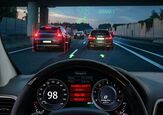

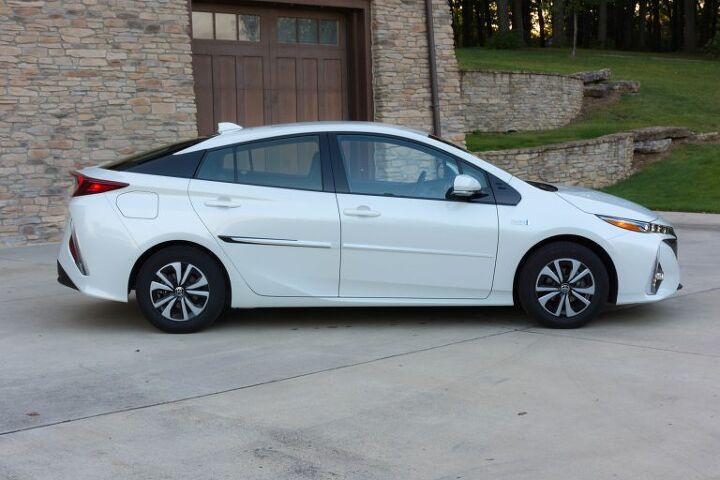



















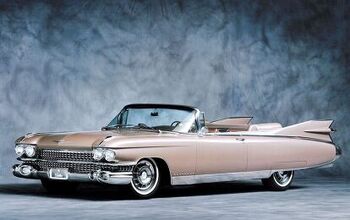
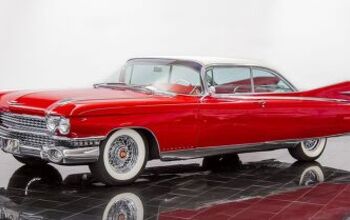
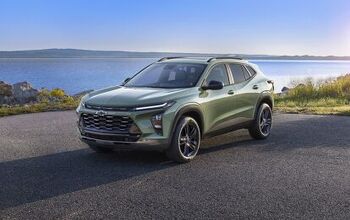

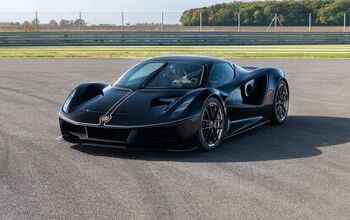


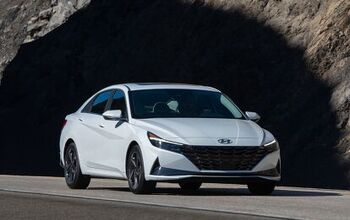


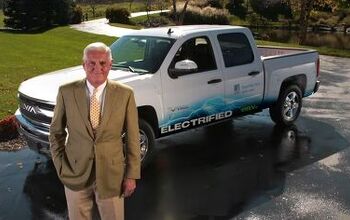
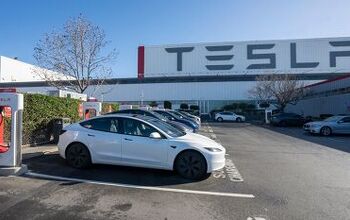


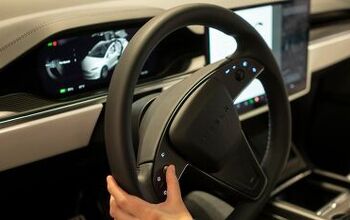
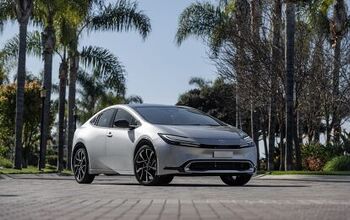

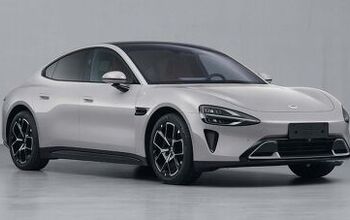
Comments
Join the conversation
And this is exactly why I drive a Volt 5-days a week and a CB1100 and KTM200 XC-W on the weekends :-)
I cannot wait to see what Toyota dealers will mark these up to ...List + + +